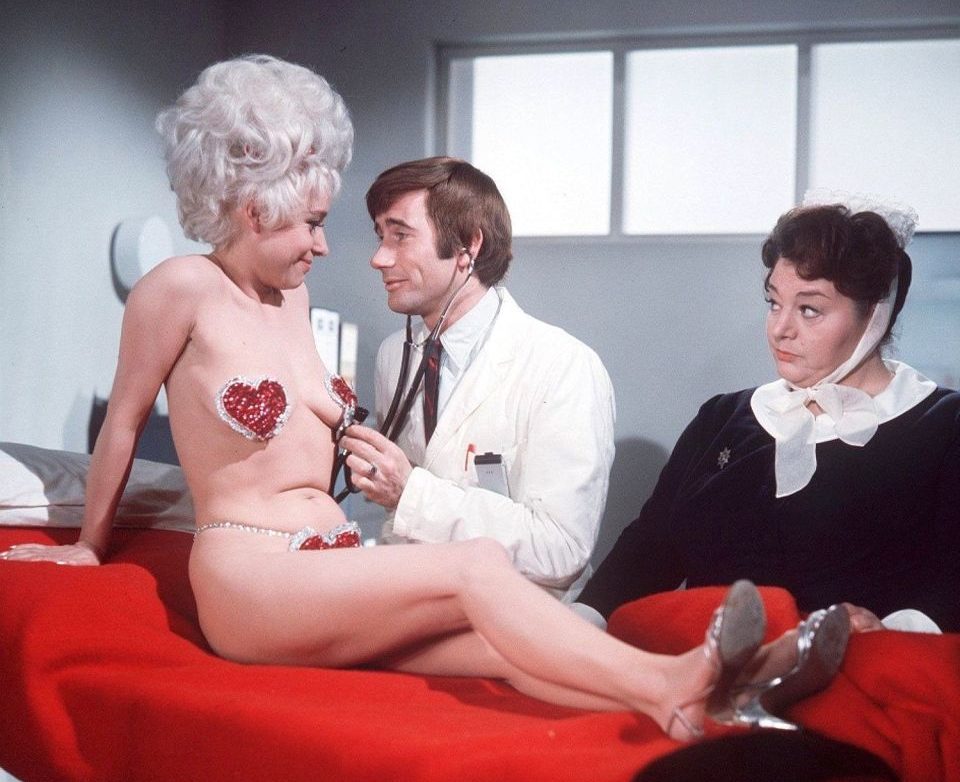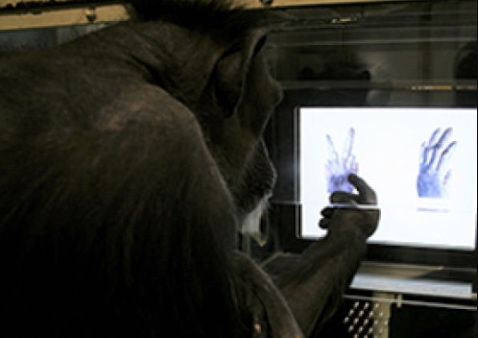via Big Think by Tamsin Saxton
The peacock’s dazzling tail feathers do not exist for them to carry out everyday activities such as eating or sleeping, but because their colourfulness is attractive to peahens: the more brilliant the feathers, the greater the chance the peacock has of finding a sexual partner. Tail feathers, to peahens, can be powerfully attractive. Scientists have long been interested in unravelling the subconscious processes that influence partner choice, since heritable characteristics that are favoured in sexual partners will tend to increase in frequency in subsequent generations. That’s why the peacock’s tail feathers are so radiant: over many generations, more beautiful tail feathers have been selected. This means that partner preferences tell us something about the evolutionary pressures that shape a species – including us. So what do we find attractive in each other, and why?
Continue reading (if only for stunning image of a peacock which will not copy and paste)
=============================
The half life of facts
via Boing Boing by David McRaney

In medical school, they tell you half of what you are about to learn won’t be true when you graduate – they just don’t know which half.
In every field of knowledge, half of what is true today will one day be updated with better information, and it turns out that we actually know when that day will come for many academic pursuits.
Continue reading
=============================
The Enduring, Gloriously Déclassé Style of Barbara Windsor
via 3 Quarks Daily: Laura Bannister at The Paris Review

In 1969, the English actress Barbara (Babs) Windsor costarred in her fourth motion picture in the Carry On franchise, a succession of low-budget, campy comedies that dominated national cinemas for two decades. For Carry On Again Doctor, she assumed the role of a walking trope named Goldie Locks: a comely but rattlebrained blonde who’d fallen while modeling for a baby-food commercial, and thus required a checkup. In a now cult scene, a stern hospital matron peels back a blanket to reveal Windsor’s milky, bruised flesh, privates obscured only by heart-shaped nipple pasties and a matching glitter G-string. A male doctor gawps and splutters and spins around at the sight of her. The matron shoots him a censorious glance. Windsor, or Goldie Locks – all alabaster skin and towering, curly beehive – asks, “What’s wrong?” with Gorblimey cockney intonation. A clichéd comedy of errors ensues.
Continue reading
=============================
Chimpanzees learn to play rock-paper-scissors
via Boing Boing by David Pescovitz

Chimpanzees at Kyoto University's Primate Research Institute have learned to play the game rock-paper-scissors.
Continue reading
=============================
A Bold and Dangerous Family: the Italian brothers who resisted Mussolini
via New Statesman by Ian Thomson
Caroline Moorehead's absorbing biography tells the tale of Nello and Carlo Rosselli.

In 1929, Italy’s most influential anti-Fascist, Carlo Rosselli, founded the clandestine Justice and Liberty movement, then the country’s gravest threat to Mussolini. Members were known as giellisti after the movement’s initials “g” and “l” (for Giustizia e Libertà); they espoused an ideal of democratic socialism and aimed propaganda against Italy’s Savoyard monarchy (then cravenly pro-Fascist), as well as Mussolini. By the early 1930s though, with the Marxist Antonio Gramsci in jail and other leading anti-Fascists (Giacomo Matteotti, Giovanni Amendola) murdered, all Italy lay under the dull hand of Fascist conformity. Anticipating arrest, Carlo and his younger brother Nello fled to France.
Continue reading
=============================
Parrot at the Ministry of Funny Walks
via Boing Boing by Rob Beschizza
"Cute Caique Parrot Bird Silly Walk" [via] is among the highlights from a YouTube channel dedicated largely to the adorable exploits of parrots.
Continue reading
=============================
Of Borrowers and Borrowings
via An Awfully Big Blog Adventure by Catherine Butler

In an ABBA post last year the accomplished Clémentine Beauvais wrote about her experience of translating her young-adult novel, Les Petites Reines, into English as Piglettes. (If you haven’t read Piglettes yet, why not? It’s great! In fact, you should go out to the bookshop right now, buy it, read it, then come back and finish this post. You can thank me in the comments.) It was of special interest to me because translation is a subject I think about a lot, though not as a practitioner. In fact, I've spent much of this summer considering similar questions to those with which Dr Beauvais grappled.
Continue reading
=============================
It was all yellow: did digitalis affect the way Van Gogh saw the world?
via the Guardian by Kathryn Harkup
Extracted from foxgloves, digitalis was once used as a treatment for epilepsy. Could a side effect have triggered the artist’s “yellow period”?

The effects of digitalis intoxication have been suggested as the cause of Van Gogh’s “‘yellow period”’ and the spectacular sky he painted in The Starry Night.
Photograph: Jason Lee/Reuters
It was recently the 127th anniversary of the tragic death of Vincent van Gogh. His short life came to an untimely end two days after he shot himself in the chest; he had experienced mental health issues through much of his life. In the absence of a definitive diagnosis, speculation as to the true nature of his illness fills volumes.
Continue reading
No comments:
Post a Comment